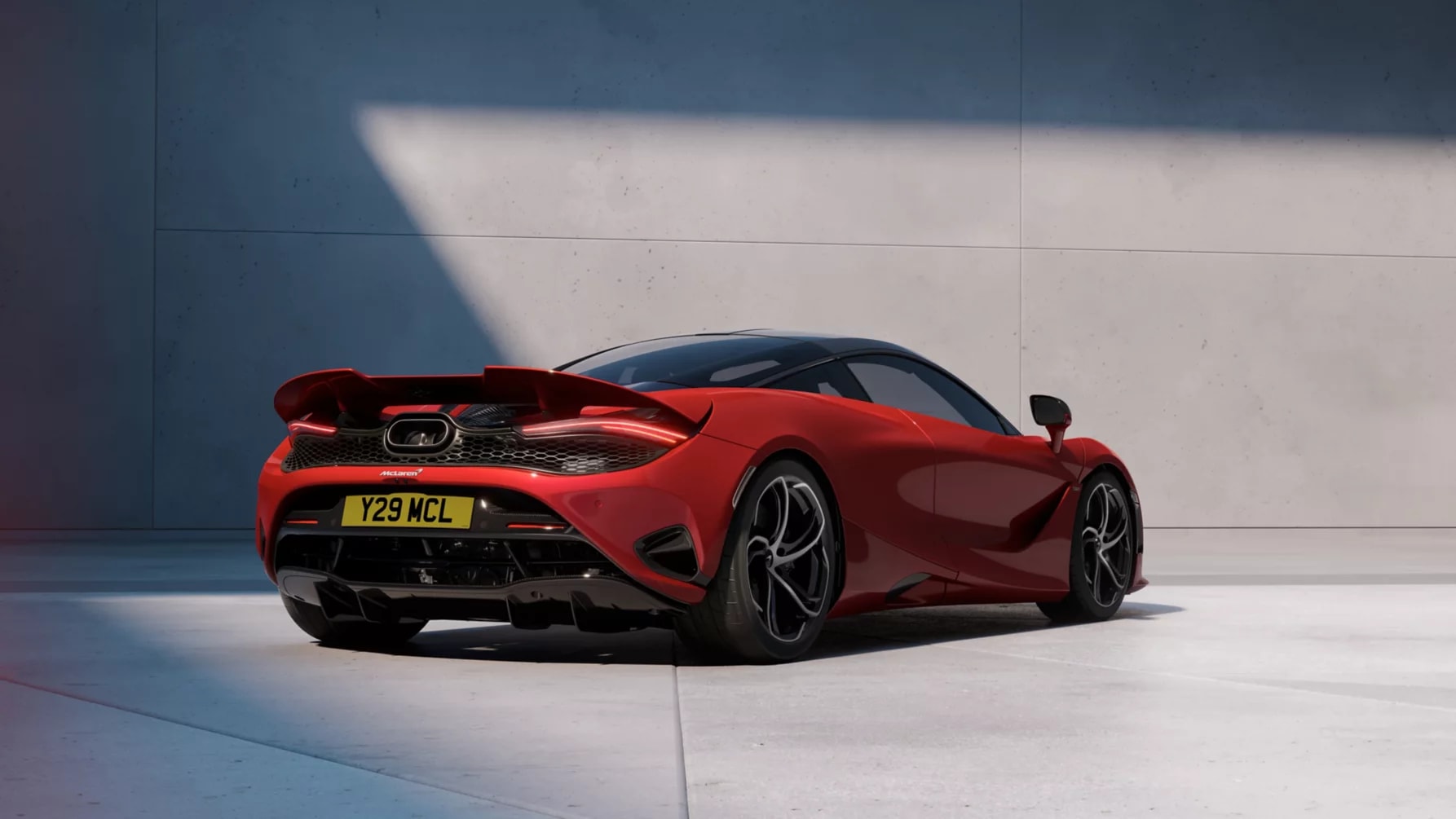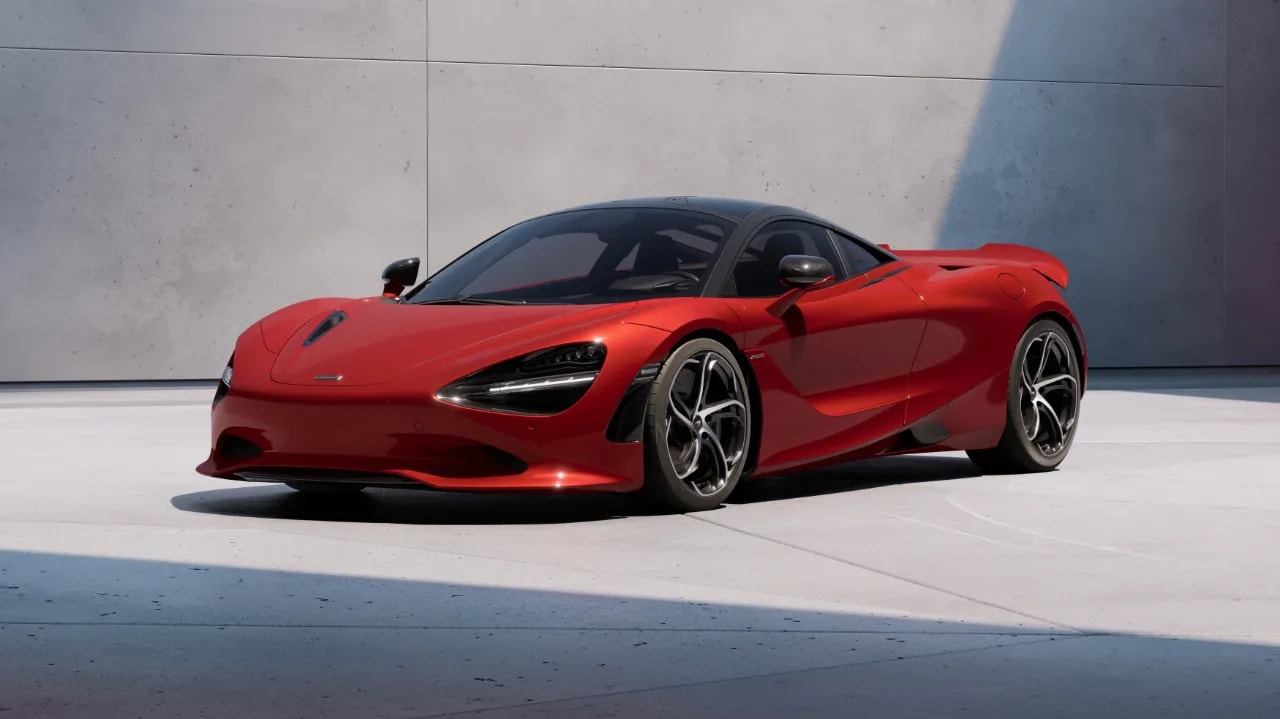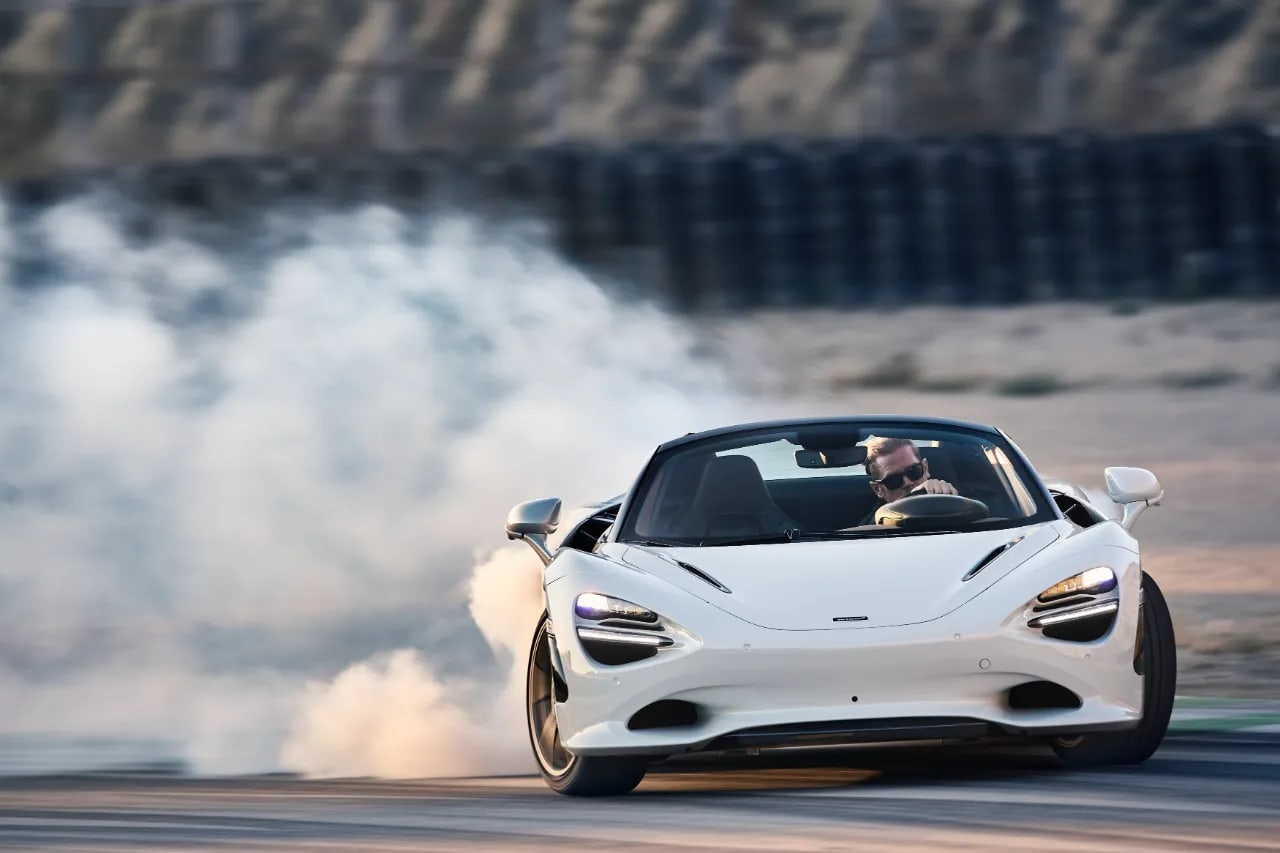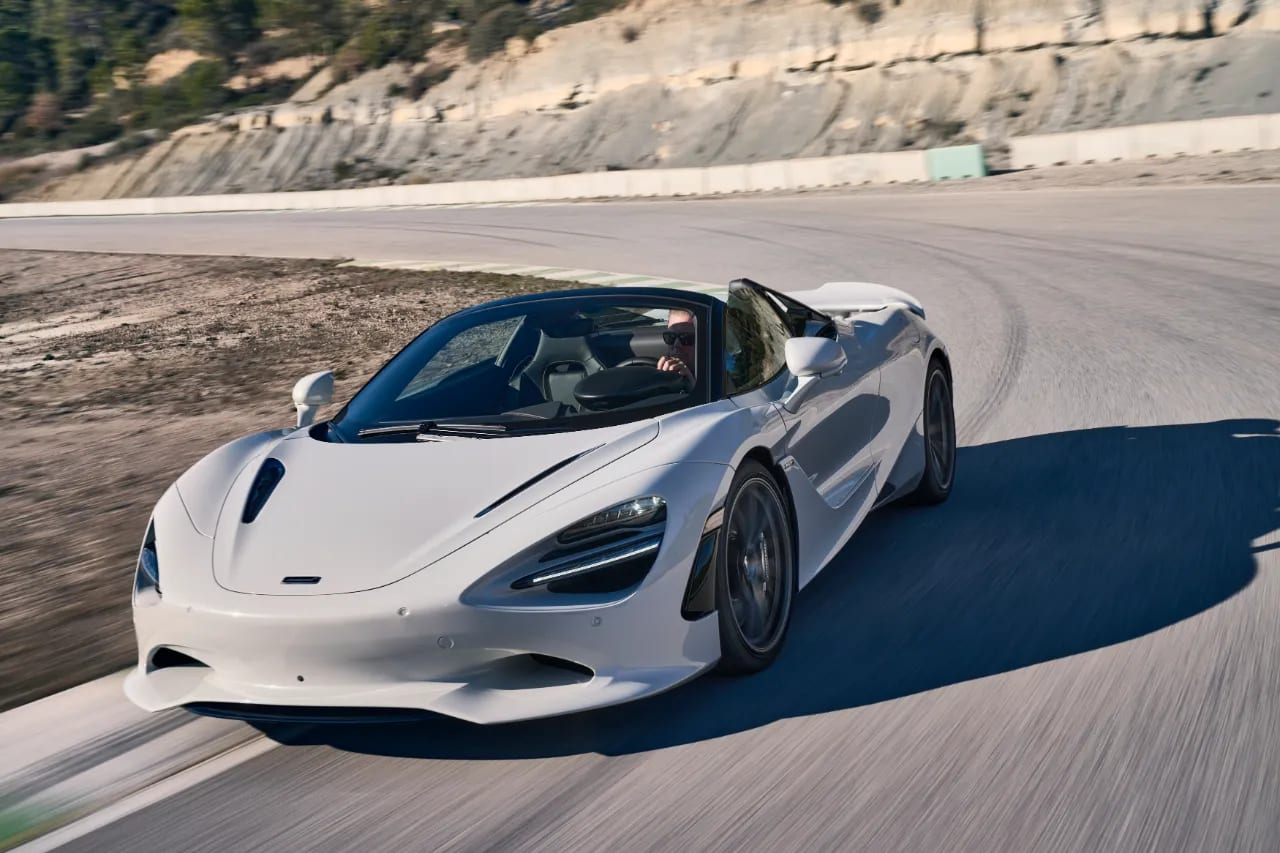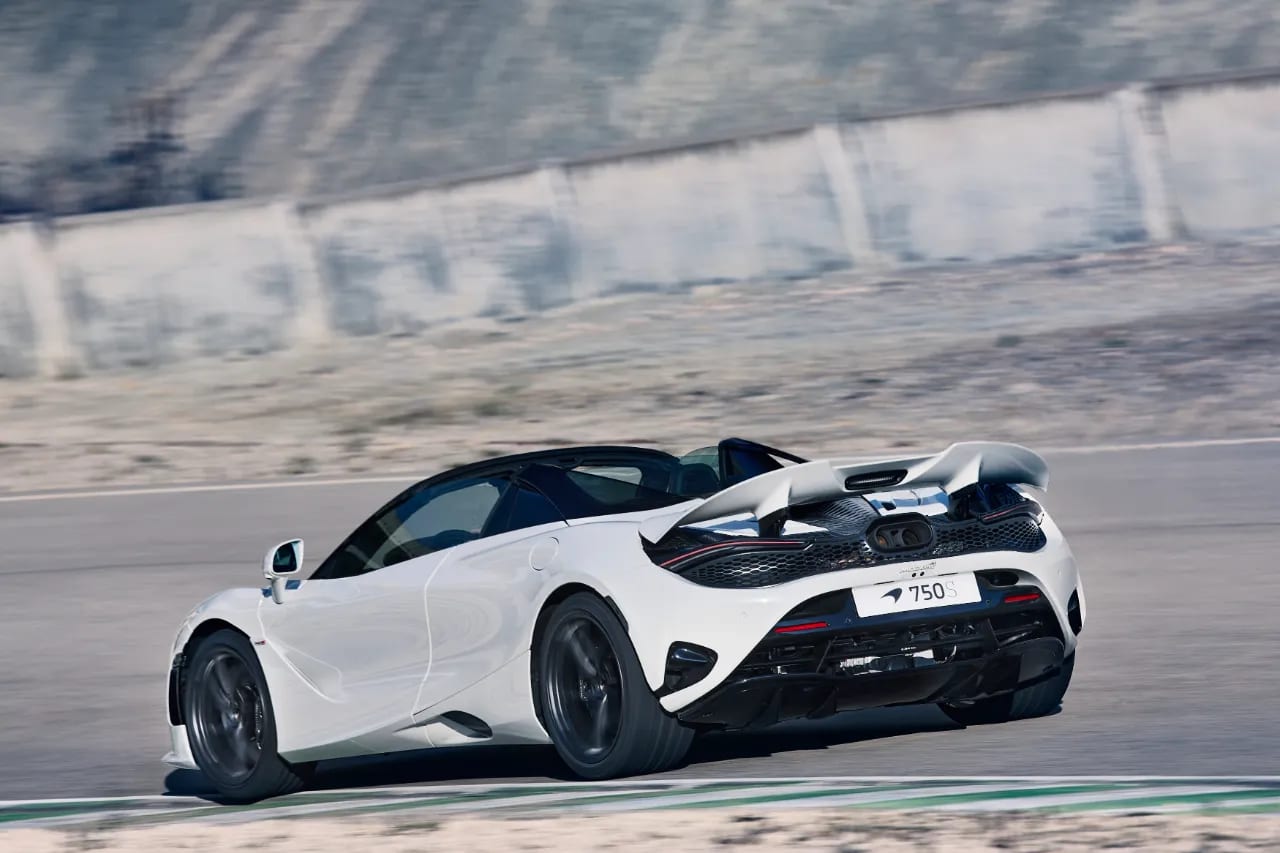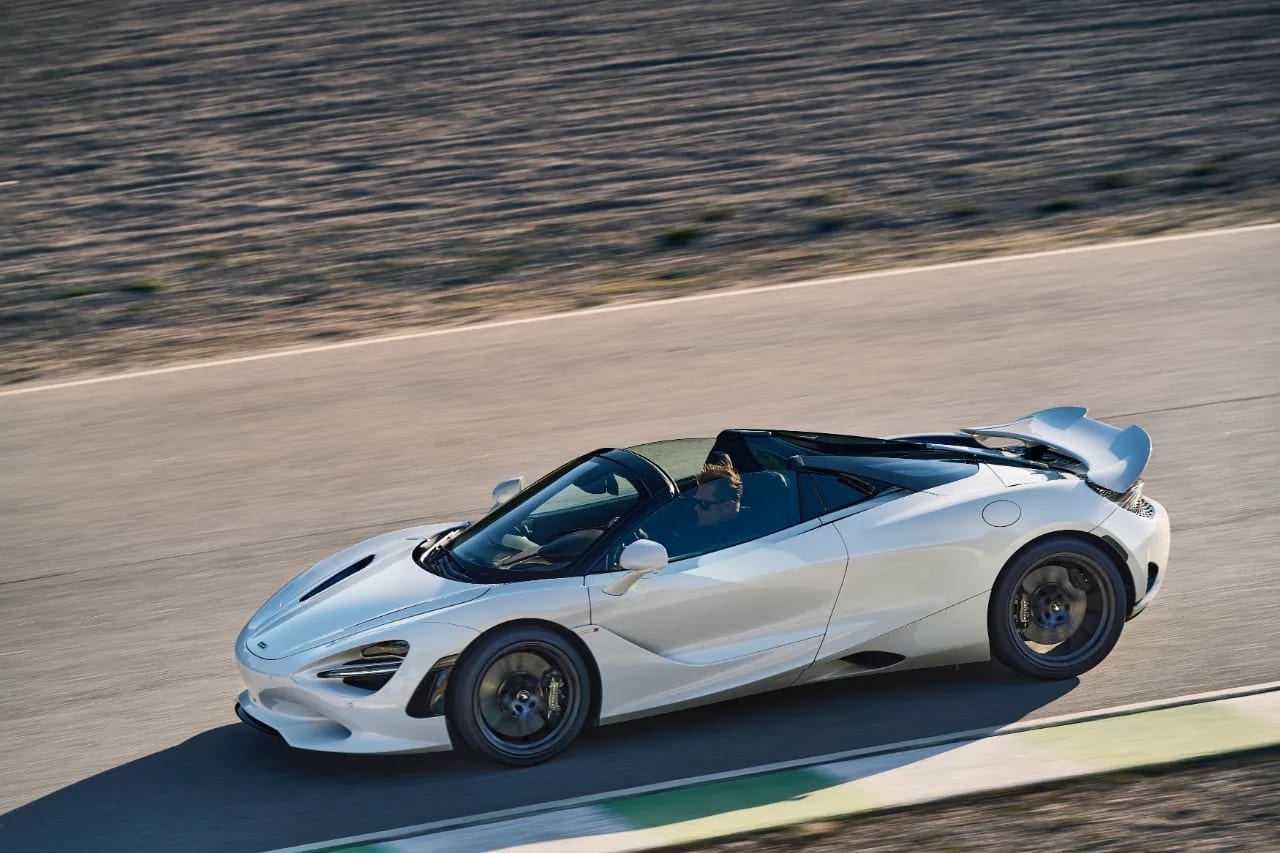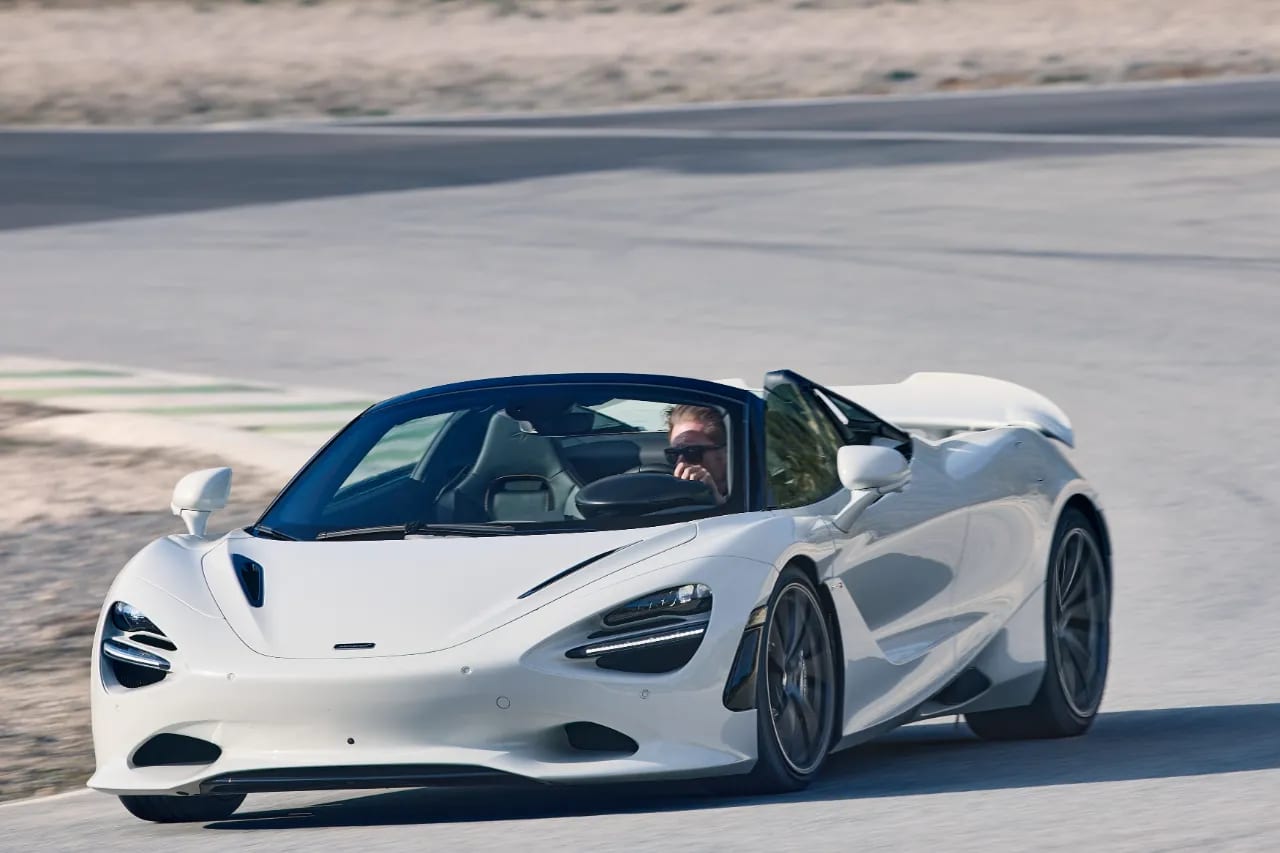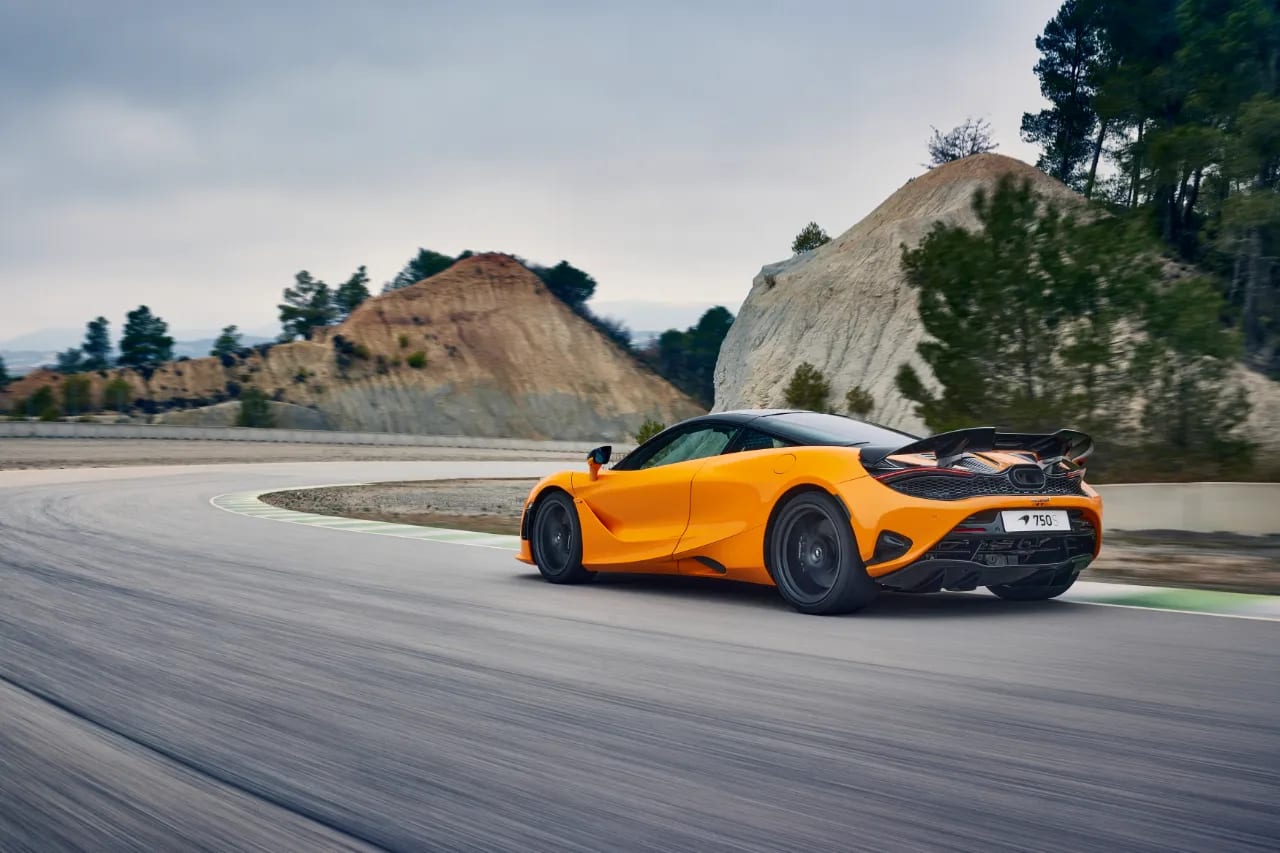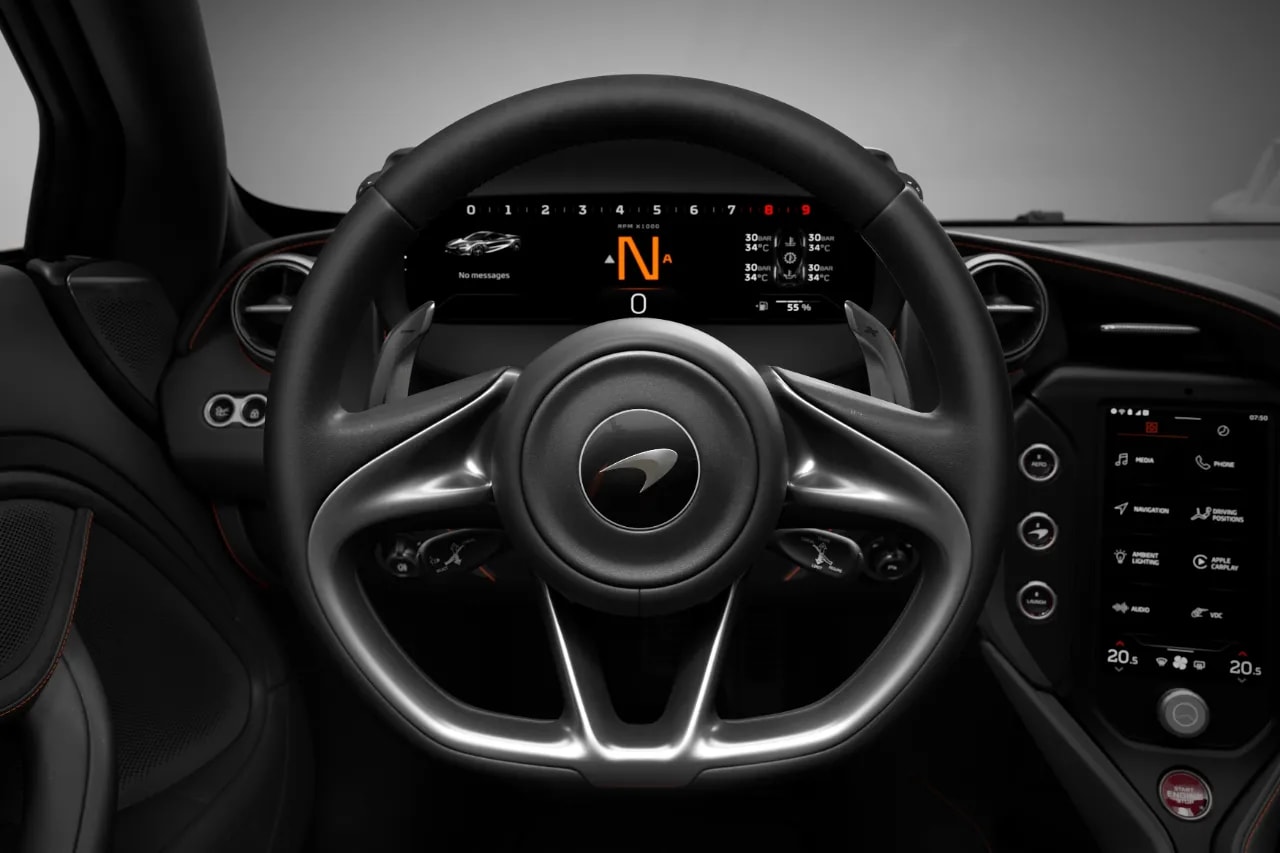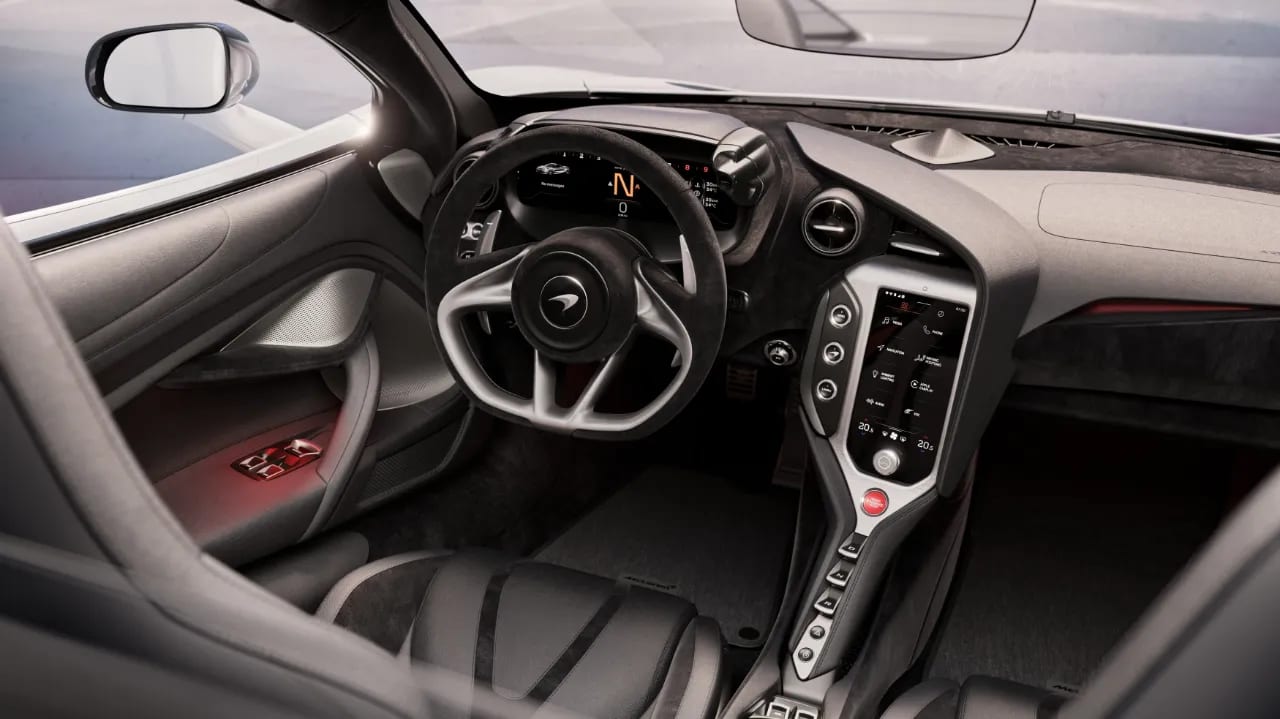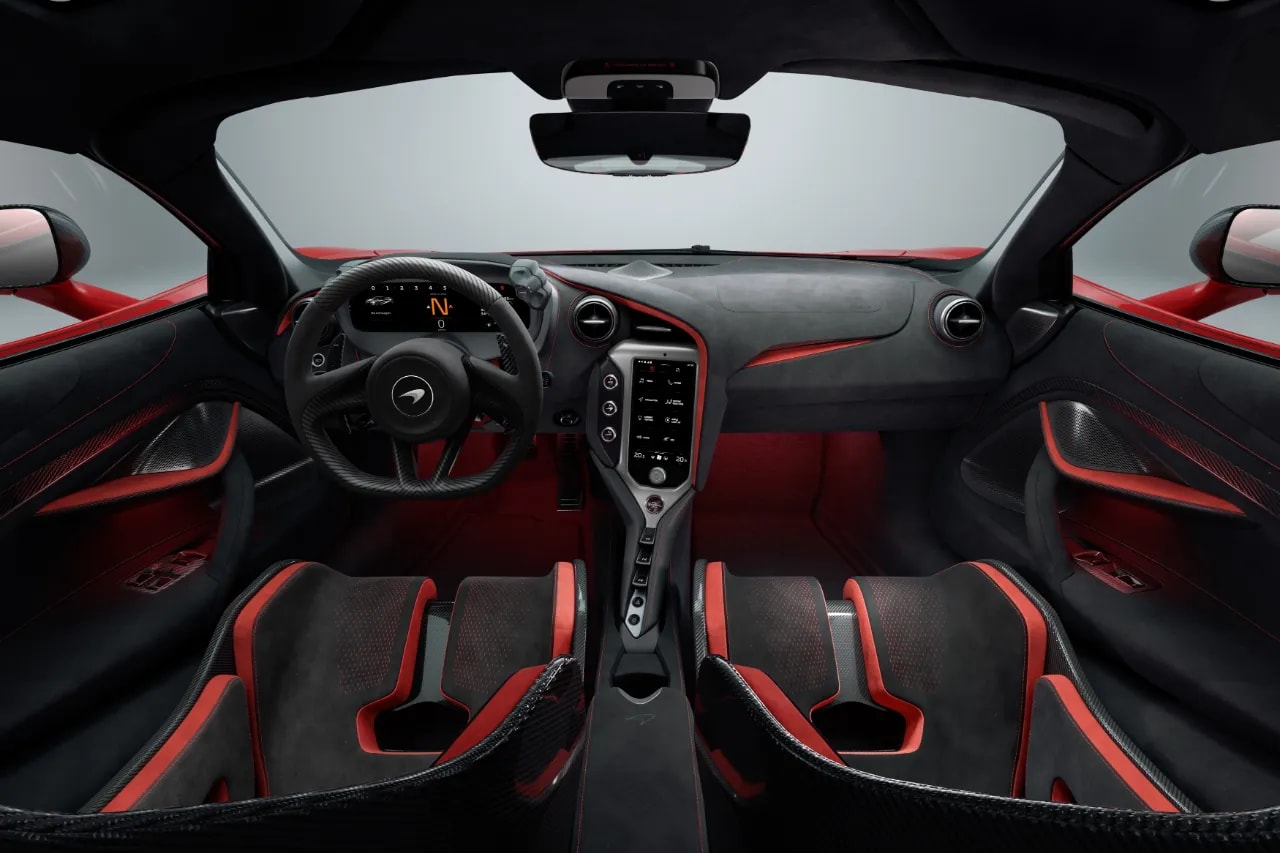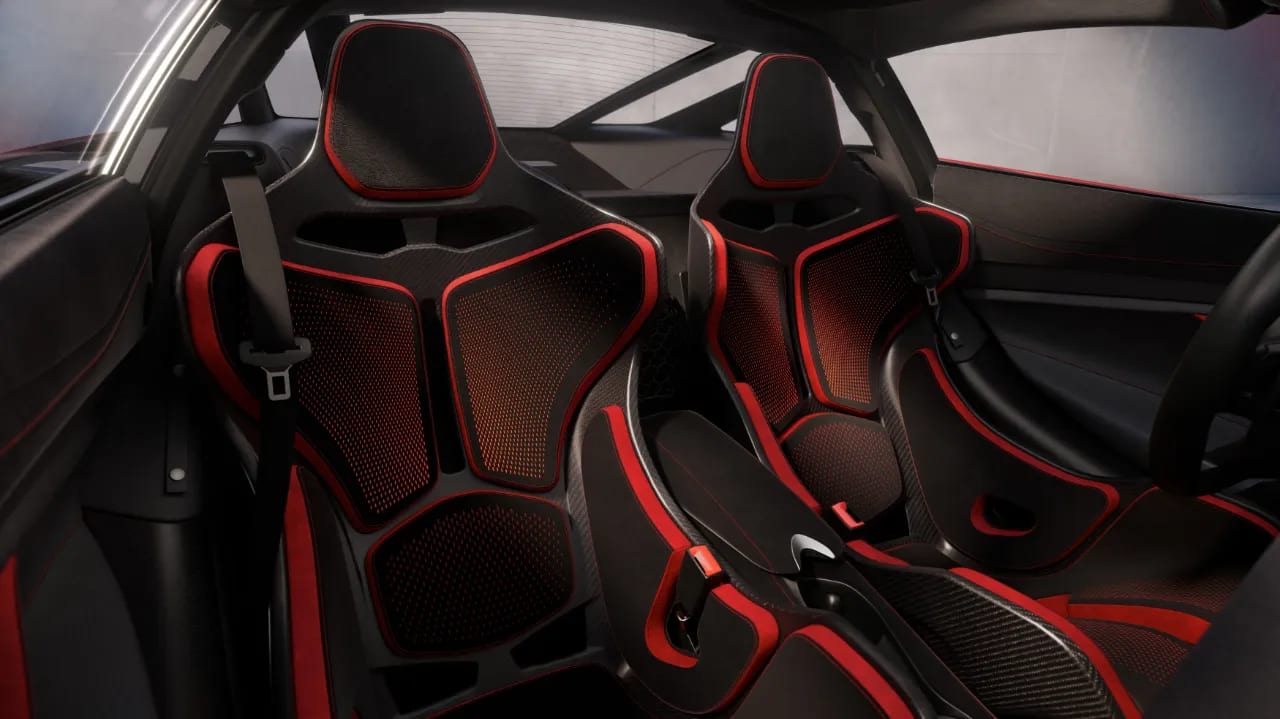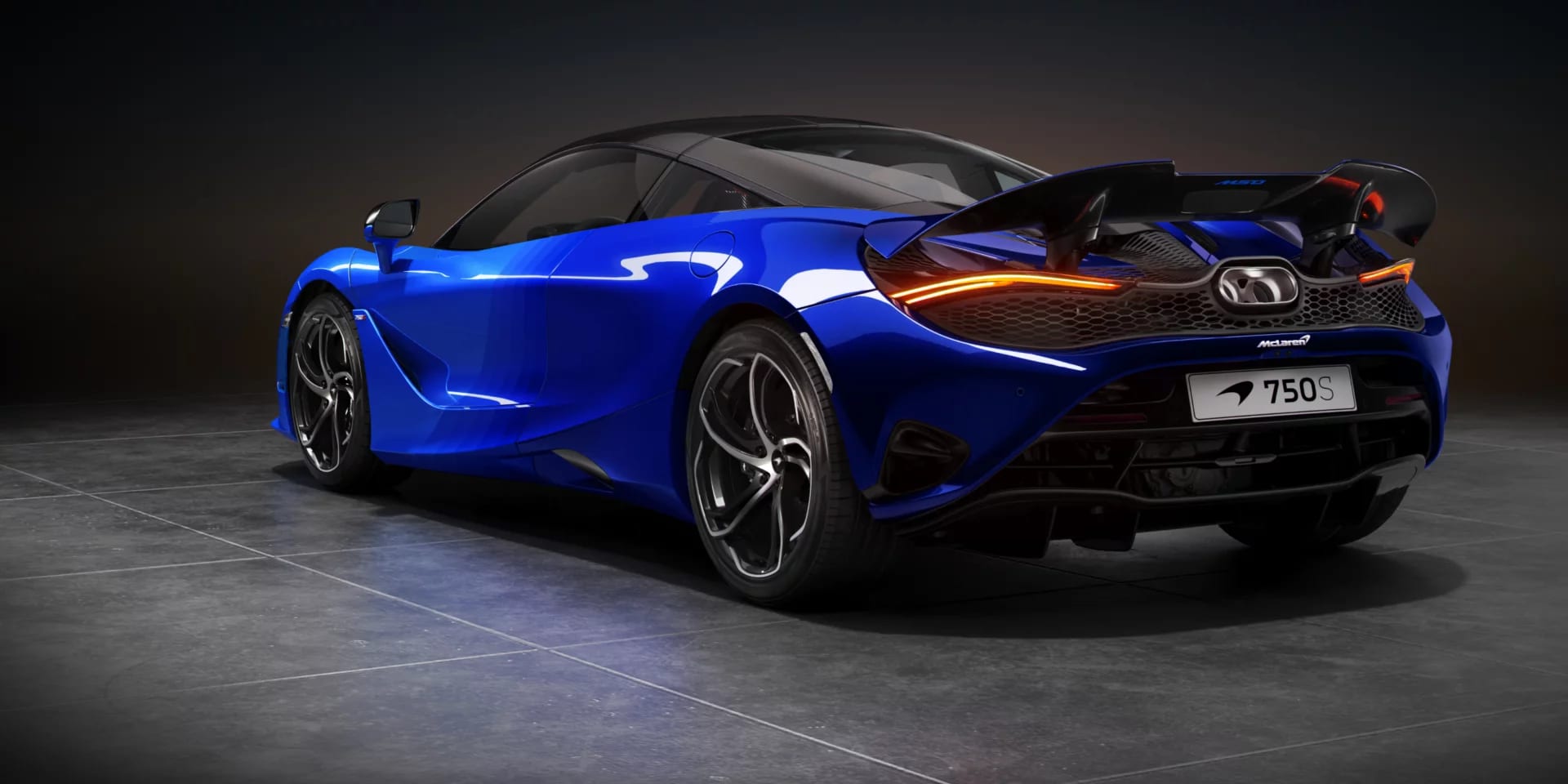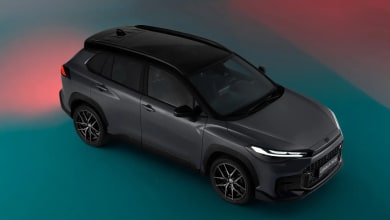If the McLaren 720S was McLaren’s answer to the Ferrari 488, the new McLaren 750S that has just been revealed is McLaren’s answer to the Ferrari F8 Tributo. The McLaren 750S does not try to reinvent the wheel, but simply takes the improved base of the 720S and improves it with a little more power, a little more tuning, a little more traction and a little less weight. Like the 720S model, the 750S model is also available as a coupe or spider with an open roof.
Behind the driver is the same 4.0-liter twin-turbo V8 engine that we know from the 720S model, but through a variety of improvements it now produces a maximum power of 750hp and a maximum torque of 81.5 kgm, compared to 720hp and 77.5 kgm in the outgoing 720S model. All this power goes to the rear wheels through a dual-clutch 7-speed gearbox and an open differential – in order to save weight, McLaren relies on torque management through its braking system rather than through a limited-slip differential that is heavier.
On the road, this results in an acceleration of 0-100 km/h in 2.8 seconds, 0-200 km/h in 7.2 seconds, a quarter
When you have a car recognised by so many drivers as a benchmark, to do something even better you have to examine every detail and really push hard for improvements that raise the bar again. This is what we have done with the new 750S. Michael Leiters CEO, McLaren Automotive
mile in 10.1 seconds and a top speed of 332 km/h – an improvement in acceleration figures compared to the outgoing 720S model by quite some margin, with a reduction of 0.1 seconds and 0.4 seconds respectively. Part of this is achieved by modest weight reduction of just 30 kg (1389 kg curb weight) and also by shortening gear ratios – which is why top speed is lower by just 9 km/h than that of the outgoing 720S model.
The main weight reduction of the McLaren 750S was achieved through carbon fiber wheel rims (saving 13.8 kg) and new carbon bucket seats, which can reduce the weight of the model by another 17.8 kg. For those who want to further reduce the weight, for example, lighter seats by 33% can be ordered.
The braking system is identical to that of the 720S model, with a forged caliper (lighter) with 6 pistons at the front and 4 at the rear and standard ceramic brake discs. As with the previous model, the model also relies on double-wishbone suspension at the front and rear and adaptive dampers.
Among the upgrades and improvements made to the model are new engine mounts to improve the connection to the car, an easy 6mm extension of the front wiper switch, a new faster ratio steering rack, 3% stiffer and 4% softer springs at the front and rear, a new brake booster to improve the feeling, and a new calibration for the stability control system. The design remains almost unchanged, except for the updated design of the front bumper and the active rear wing for the improvement of downforce and to emphasize that this is a new model.
Apart from the new seats, the design of the passenger compartment remains the same. The multimedia system has received a new screen, interface, expansion to Apple CarPlay, a new and faster processor, and there is also a new digital dashboard, which no longer rotates to display minimum information like in the previous model. The RND buttons remained in the same place as before, but now a new interface has been added alongside a panel for faster and more convenient gear control.




